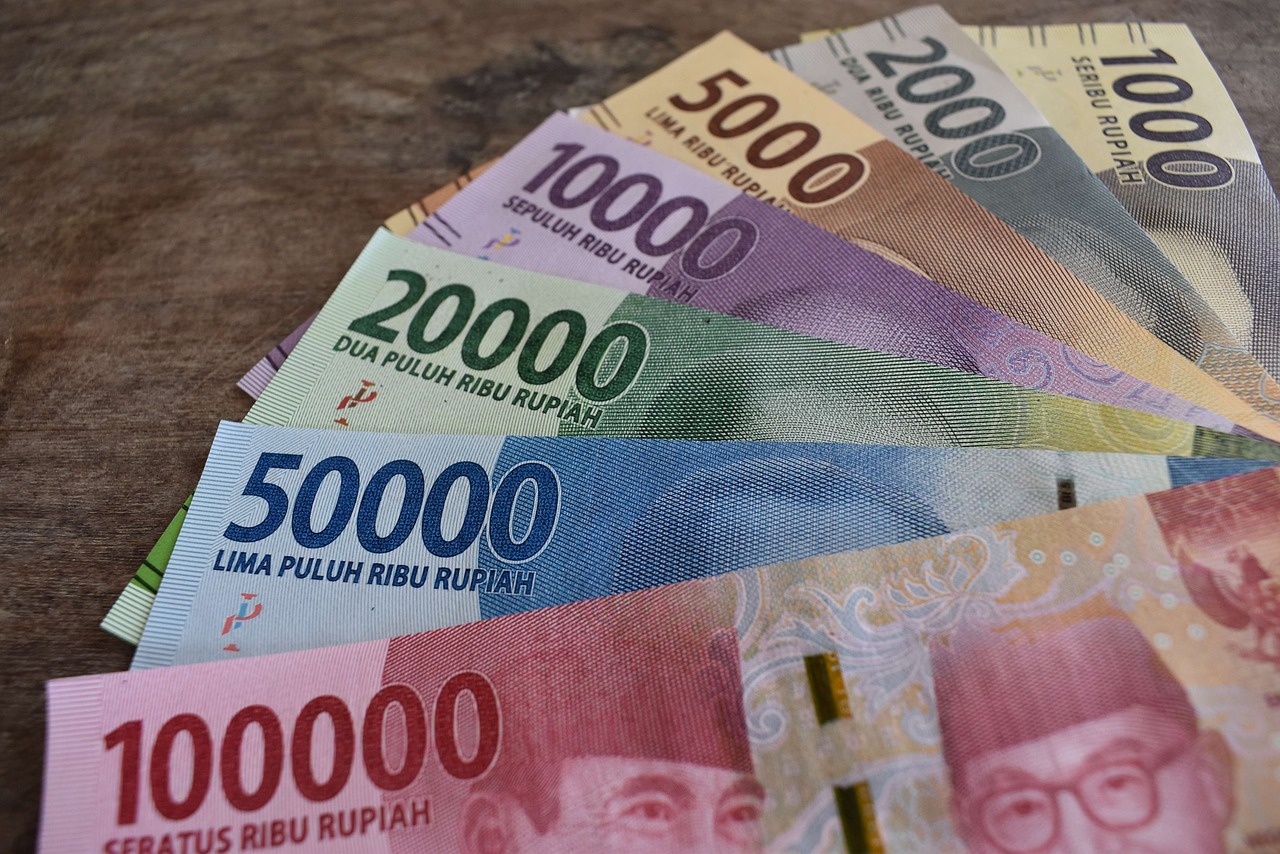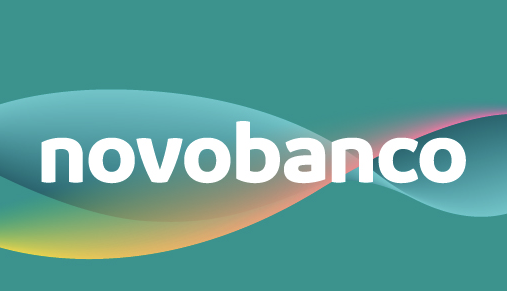Unlock the Answers: Your Guide to Sending and Receiving Money with a Prepaid Visa Card
GPT_Global - 2024-10-03 22:00:14.0 166
Can I use a mobile banking app to send money to a prepaid Visa card?
In today's fast-paced world, mobile banking has become an essential tool for managing finances. Many people use their smartphones to make payments, check account balances, and transfer money. But can you use a mobile banking app to send money to a prepaid Visa card? The answer is yes!
Most mobile banking apps have a feature that allows users to send money to other individuals or businesses. This feature is also known as peer-to-peer (P2P) payments. To send money to a prepaid Visa card, all you need is the recipient's card number and the amount you wish to send.
The process of sending money to a prepaid Visa card through a mobile banking app is similar to sending money to a regular bank account. You will first need to log into your mobile banking app and select the P2P payment option. Then, enter the recipient's card number and the amount you want to send. Finally, confirm the transaction and the money will be immediately transferred to the prepaid Visa card.
Using a mobile banking app to send money to a prepaid Visa card offers convenience and speed. You no longer have to visit a bank or ATM to withdraw cash and then physically give it to the recipient. With just a few clicks on your smartphone, you can transfer money to a prepaid Visa card anytime and anywhere.
Another advantage of using a mobile banking app for P2P payments is the security it provides. Most banking apps use encryption and multi-factor authentication to ensure the safety of your transactions. This gives you peace of mind knowing that your money is being sent securely.
In conclusion, mobile banking apps are not limited to managing traditional bank accounts. You can also use them to send money to a prepaid Visa card. With its convenience, speed, and security, it is a great option for those who frequently send money to prepaid Visa cards for remittance purposes.

What happens if I accidentally send money to the wrong prepaid Visa card?
Accidentally sending money to the wrong prepaid Visa card can be a common mistake when using remittance services. This can happen if you input the wrong card number or if the recipient has changed their card without notifying you. But don't worry, there are steps you can take to rectify the situation.
If you realize you have sent money to the wrong prepaid Visa card, the first thing you should do is contact the remittance company as soon as possible. They may be able to cancel the transaction if it hasn't been processed yet.
If the transaction cannot be canceled, the next step would be to contact the recipient of the funds. If you know the person, you can ask them to return the money to you. However, if the recipient is unknown, you can request them to contact the remittance company to explain the situation and return the funds.
If the recipient refuses to return the money, you can contact your bank or credit card company for assistance. They may be able to reverse the transaction if it has not yet been completed. However, keep in mind that this process can take time and there is no guarantee that the funds will be returned.
To avoid this type of situation in the future, it is important to always double-check the card number before sending any money. You can also save the recipient's information to your account to ensure that the correct card is selected for future transactions.
In conclusion, accidentally sending money to the wrong prepaid Visa card can be a stressful and inconvenient situation. However, by taking prompt action and reaching out to the necessary parties, there is a chance that the funds can be returned to you. To prevent this from happening, always review and confirm the recipient's information before making a transaction.
Can I cancel a money transfer to a prepaid Visa card?
Yes, you can cancel a money transfer to a prepaid Visa card, but it depends on the specific remittance business and their policies. Some remittance companies may allow you to cancel a transaction as long as it has not been processed or picked up by the recipient. Others may have a cancellation fee or may not allow cancellations at all.
If you need to cancel a money transfer to a prepaid Visa card, it is important to contact the remittance business as soon as possible. Most companies have a customer service hotline or email address that you can reach out to for assistance. Make sure to have your transaction details, such as the amount, recipient's information, and transaction number, on hand when contacting them.
It is also important to note that if the transaction has already been processed or picked up by the recipient, it cannot be cancelled. This means that the money will be available for the recipient to use, and you will be unable to retrieve it. Therefore, it is crucial to double-check all the details before sending a money transfer to avoid any mistakes.
If you are unable to cancel the transaction, you may still have the option to request a refund. Most remittance businesses have a refund policy in place for situations like this. However, there may be certain fees or restrictions associated with getting a refund, so it is best to check with the company beforehand.
In some cases, you may also be able to stop the transfer if it has not yet been picked up by the recipient. This is usually done by contacting the remittance business and providing them with a valid reason for stopping the transfer. However, there may be additional fees or requirements for this process.
Overall, it is always best to carefully review all the information before making a money transfer to a prepaid Visa card. If you need to cancel or make changes to the transaction, make sure to contact the remittance business as soon as possible. Keep in mind that specific policies and procedures may vary between companies, so it is important to familiarize yourself with their terms and conditions.
How can I resolve any issues with a money transfer to a prepaid Visa card?
Making a money transfer to a prepaid Visa card can be a convenient and secure way to send funds to loved ones or make purchases. However, there may be times when issues arise during the transfer process. Here are some steps you can take to resolve any problems that may occur.
First, it's important to check the details of your transaction. Make sure that you have entered the correct recipient information, including the card number and recipient's name. Any incorrect information may result in delays or even failed transactions.
If you have confirmed that the details are correct, but the transfer still hasn't gone through, contact your remittance service provider. They will be able to track the status of your transaction and provide assistance in resolving the issue. Most remittance companies have dedicated customer service teams that can address any concerns or questions you may have.
Another common issue with money transfers to prepaid Visa cards is unexpected fees or charges. This could be due to currency conversion fees, transfer fees, or other surcharges. If you notice any additional fees that were not disclosed during the transaction, reach out to your remittance service provider for an explanation.
In some cases, the recipient may not receive the funds due to technical issues or errors on their end. In this situation, it is best to contact the recipient and ask them to check with their card issuer. They can also review their transaction history and see if the funds have been credited to their account.
If all else fails, you can always request a refund for the transaction. Most remittance companies have a refund policy in place for failed or cancelled transfers. Make sure to keep all transaction details and proof of payment handy when making a claim for a refund.
In conclusion, while issues with money transfers to prepaid Visa cards can be frustrating, they can usually be easily resolved by following these steps. Always double check the details of your transaction, contact your remittance provider for assistance, and keep track of any unexpected fees. With these tips in mind, you can ensure a smooth and successful transfer every time.
Are there any tax implications when sending money to a prepaid Visa card?
When it comes to sending money to a prepaid Visa card, there are a few tax implications that you should be aware of. Generally, the act of sending money to a prepaid card is not considered a taxable event. However, there may be certain situations where taxes are involved.
One possible scenario is if the money being sent to the prepaid Visa card is considered income. For example, if the funds are from employment or a business transaction, these earnings may be subject to income tax. In this case, the sender would be responsible for reporting and paying any applicable taxes on the funds being sent.
Additionally, if the sender is using the prepaid Visa card for business purposes, there may be tax implications. The funds being sent to the card may be considered a business expense and could potentially be deducted from taxes. It is important for the sender to keep accurate records and consult with a tax professional to ensure proper reporting and deductions.
However, if the funds being sent to the prepaid Visa card are considered a gift, there are no tax implications. Gifts are not typically subject to income tax, but the recipient may be responsible for reporting and paying gift tax depending on the amount being received.
In summary, sending money to a prepaid Visa card may have tax implications depending on the source and purpose of the funds being sent. It is important to understand the potential tax implications and seek professional advice to ensure compliance with tax laws and regulations.
What are the benefits of using a prepaid Visa card for receiving money?
A prepaid Visa card is a great option for receiving money from friends and family overseas. It offers numerous benefits that make it a preferred choice for individuals who need to regularly receive remittances. Here are some of the top advantages of using a prepaid Visa card for remittance business.
1. Convenience - A prepaid Visa card eliminates the need to physically visit a bank or money transfer outlet to receive your funds. You can easily load the card with your remittance amount online or through a mobile app, making it a hassle-free process.
2. Safety and security - With a prepaid Visa card, you don't have to carry large amounts of cash on you, reducing the risk of theft or loss. The card also comes with built-in security features, such as PIN protection and fraud monitoring, providing added peace of mind.
3. Worldwide acceptance - Prepaid Visa cards are accepted at millions of locations worldwide, including ATMs, merchants, and online retailers. This makes it convenient to access your funds wherever you are, without having to worry about currency conversions or exchange rates.
4. Cost-effective - Traditional remittance methods, such as wire transfers or bank drafts, can often come with high fees and exchange rates. Prepaid Visa cards typically have lower fees, making it a cost-effective option for receiving money.
5. Budgeting and control - With a prepaid Visa card, you can only spend the amount loaded onto the card, helping you stick to a budget. This can be especially helpful for individuals who receive regular remittances and need to manage their expenses.
In conclusion, using a prepaid Visa card for remittance business offers numerous benefits such as convenience, safety, worldwide acceptance, cost-effectiveness, and budgeting control. Consider using a prepaid Visa card for your next remittance transaction and experience the advantages for yourself.
Can I withdraw cash from a prepaid Visa card after receiving a money transfer?
When it comes to receiving money transfers, many people wonder about the options for accessing their funds. One common question is whether or not you can withdraw cash from a prepaid Visa card after receiving a money transfer. The answer is yes, but there are a few things to keep in mind.
The process for withdrawing cash from a prepaid Visa card after receiving a money transfer may vary depending on the specific card and provider. However, most prepaid Visa cards come with a corresponding ATM card that allows you to withdraw cash just like a traditional debit card.
When you receive a money transfer onto your prepaid Visa card, the funds will be available for withdrawal immediately. All you have to do is locate an ATM or bank that accepts Visa cards and follow the prompts to withdraw your desired amount of cash.
It's important to note that there may be fees associated with using an ATM or bank to withdraw cash from your prepaid Visa card. These fees vary and may be charged by the ATM provider or your card issuer. It's best to check with your card provider beforehand to understand any potential fees.
If you don't have access to an ATM or bank, you may also be able to use your prepaid Visa card to make purchases and get cash back at participating retailers. This means you can use your card at a grocery store, gas station, or other retail location and request cash back when checking out.
Overall, withdrawing cash from a prepaid Visa card after receiving a money transfer is a convenient option for accessing your funds. Just be sure to understand any potential fees and choose the withdrawal method that works best for you.
About Panda Remit
Panda Remit is committed to providing global users with more convenient, safe, reliable, and affordable online cross-border remittance services。
International remittance services from more than 30 countries/regions around the world are now available: including Japan, Hong Kong, Europe, the United States, Australia, and other markets, and are recognized and trusted by millions of users around the world.
Visit Panda Remit Official Website or Download PandaRemit App, to learn more about remittance info.

